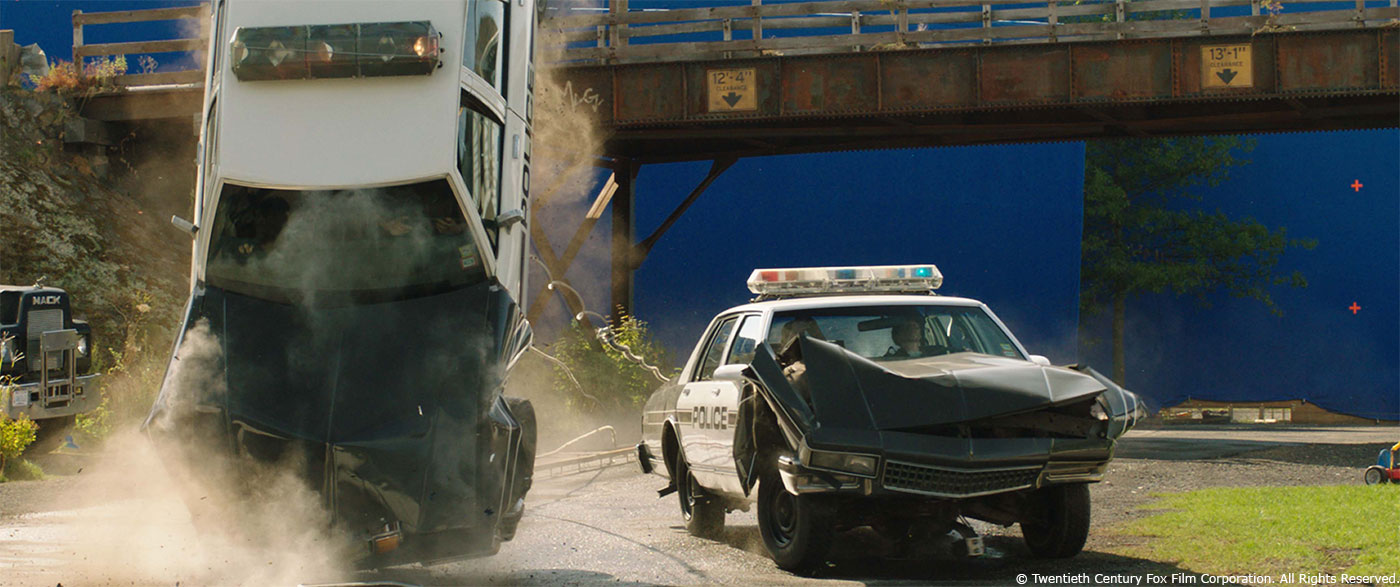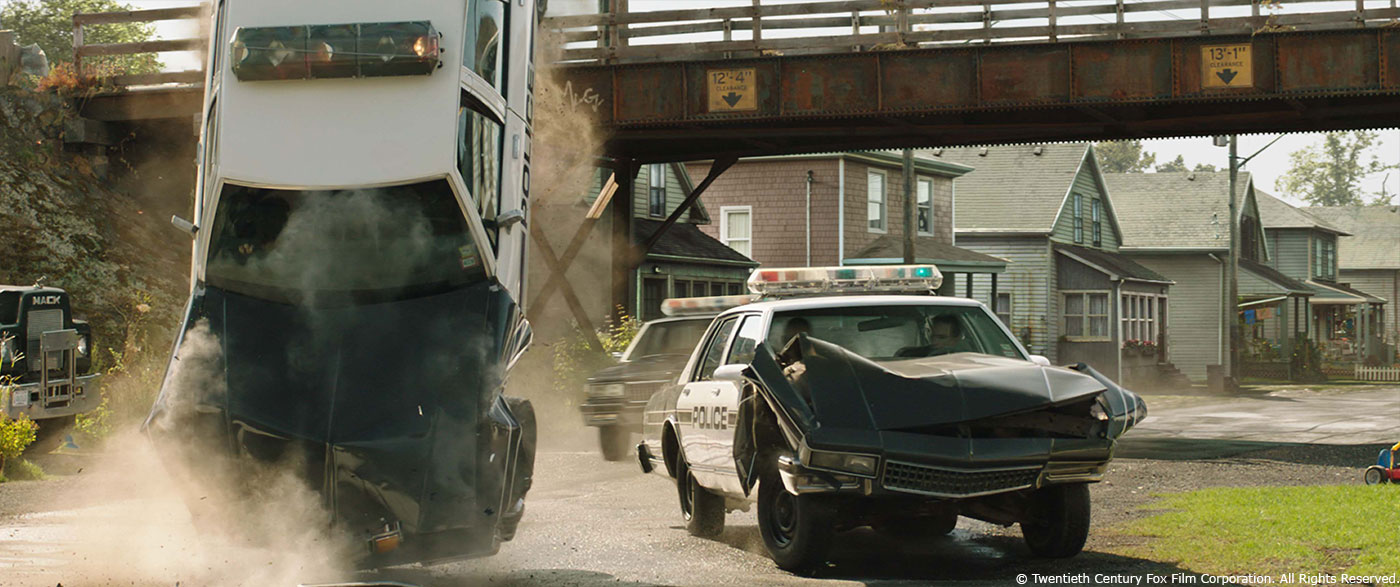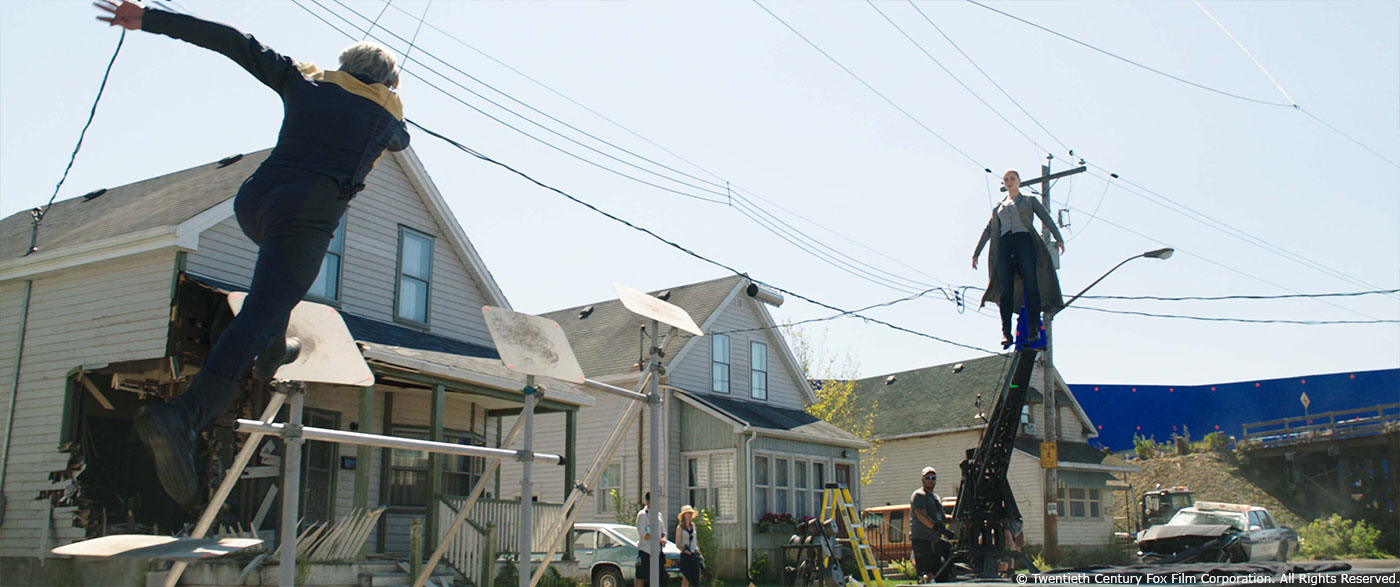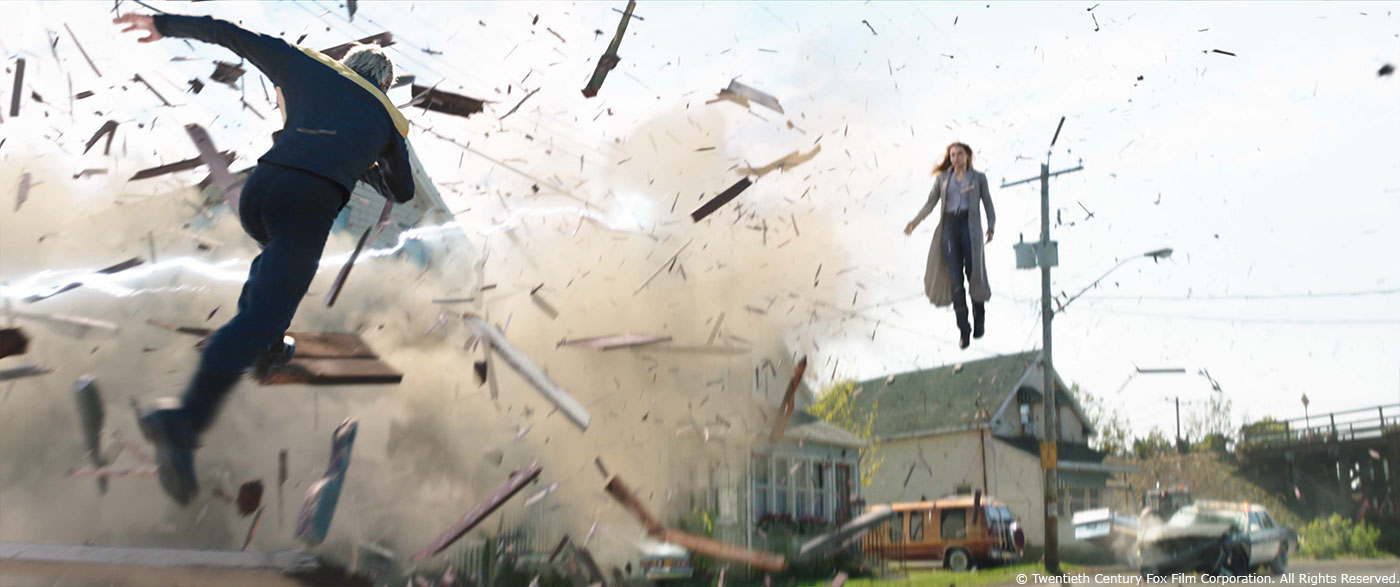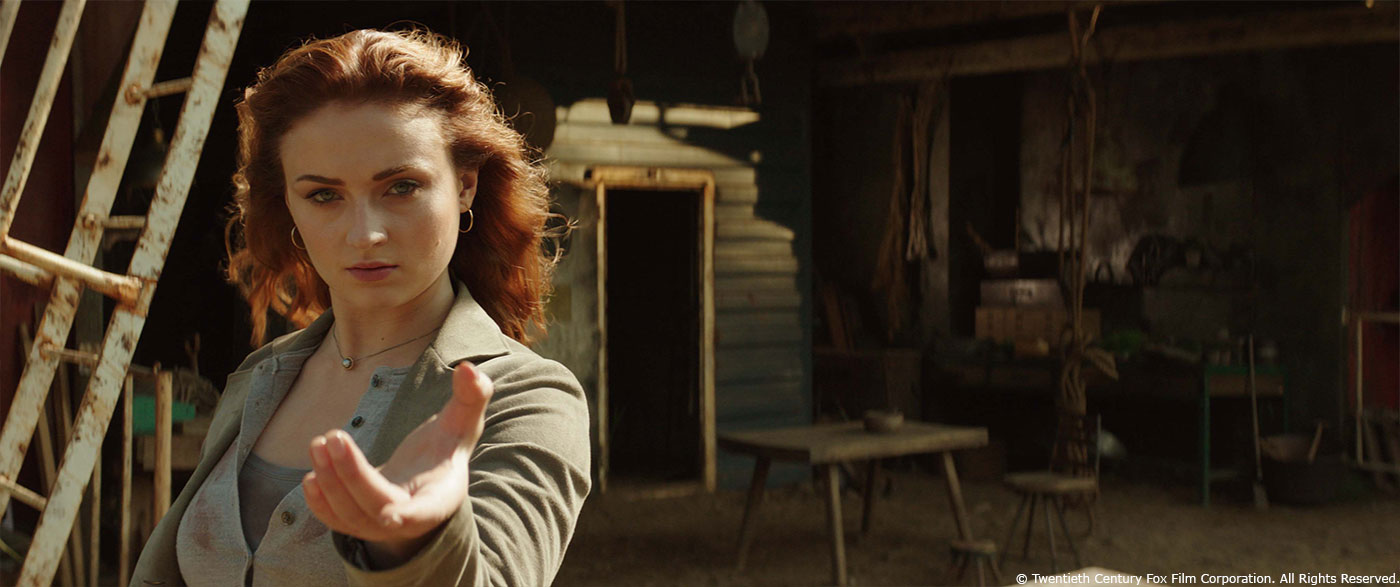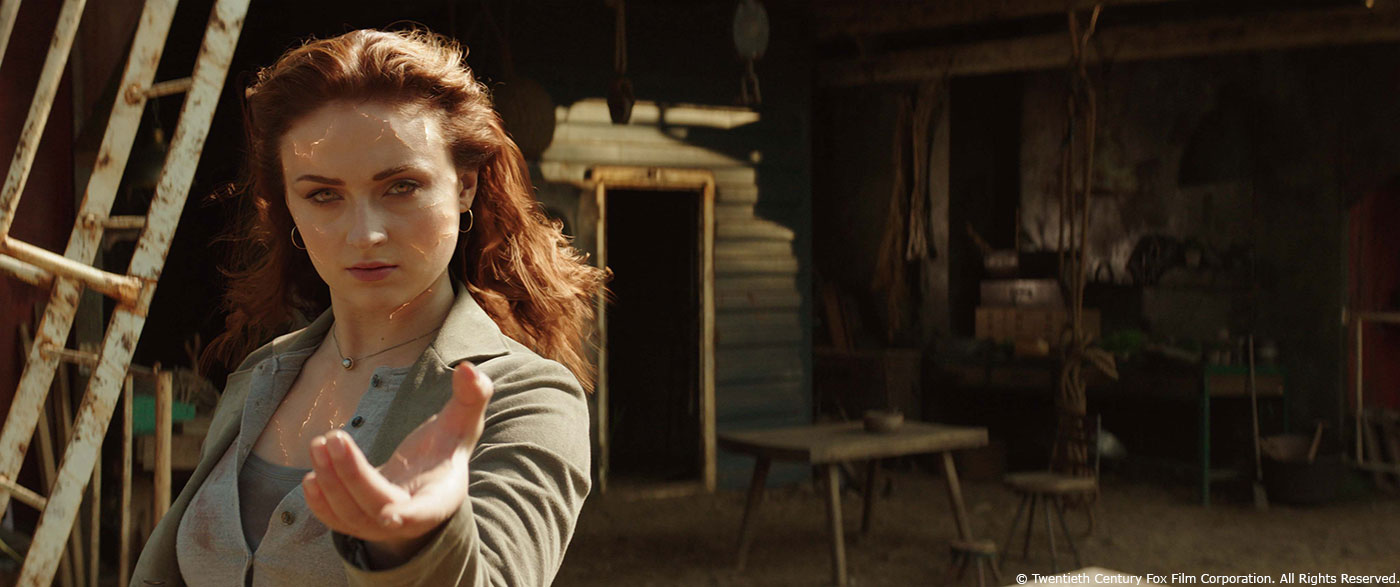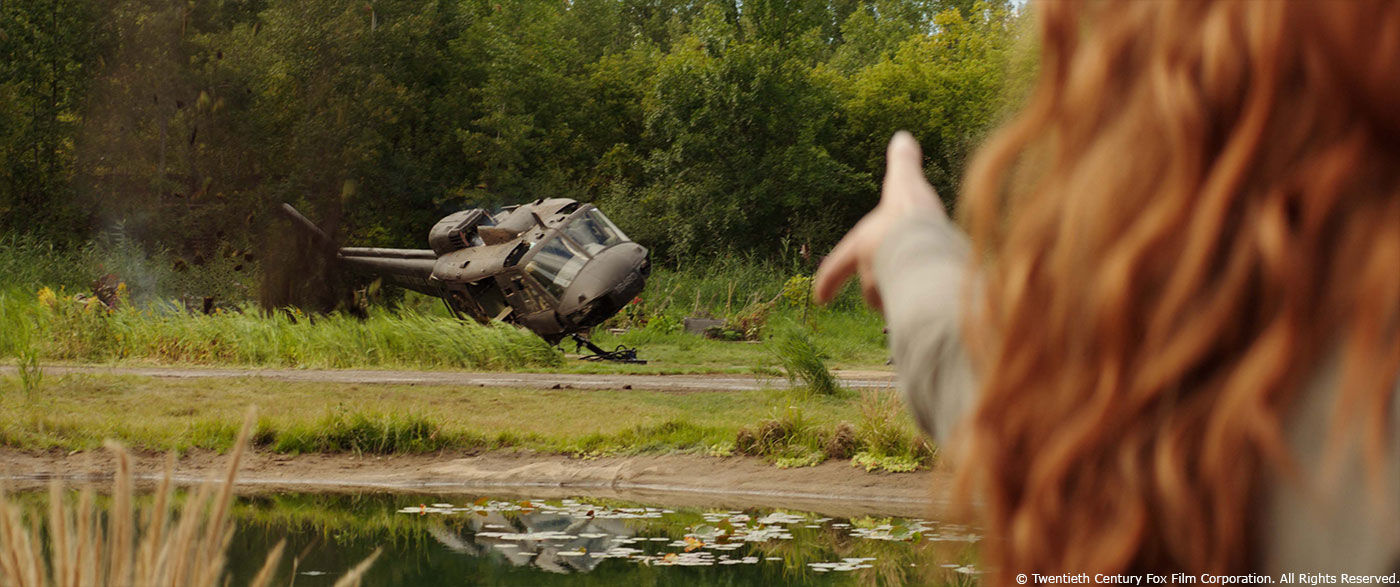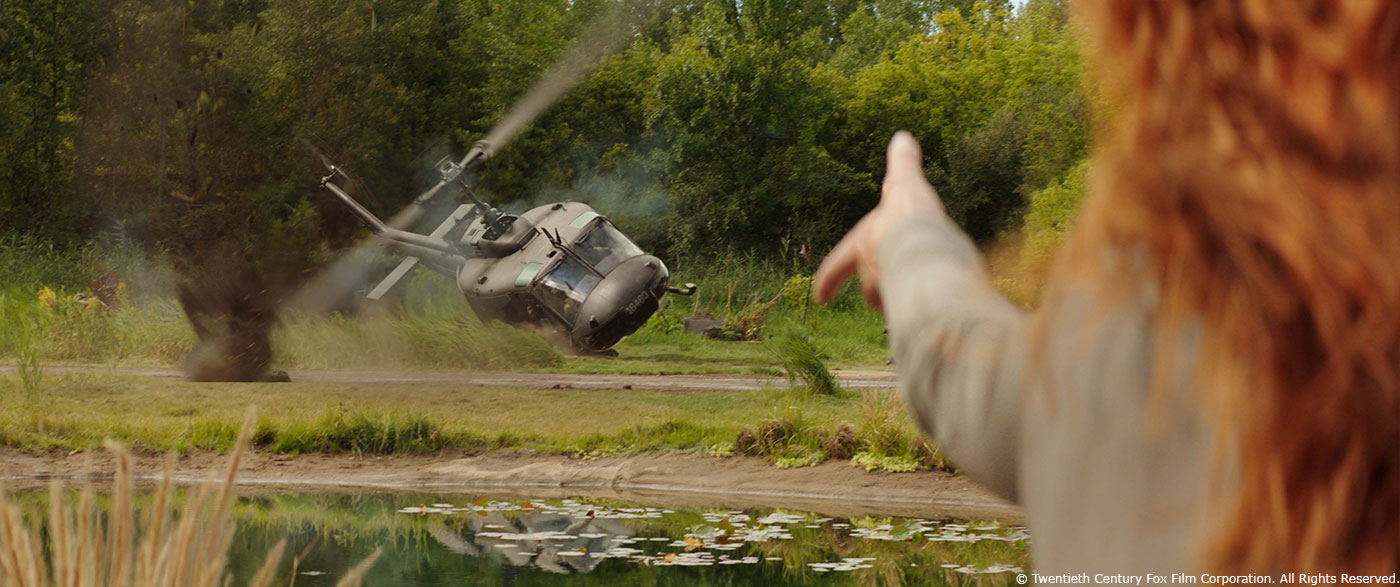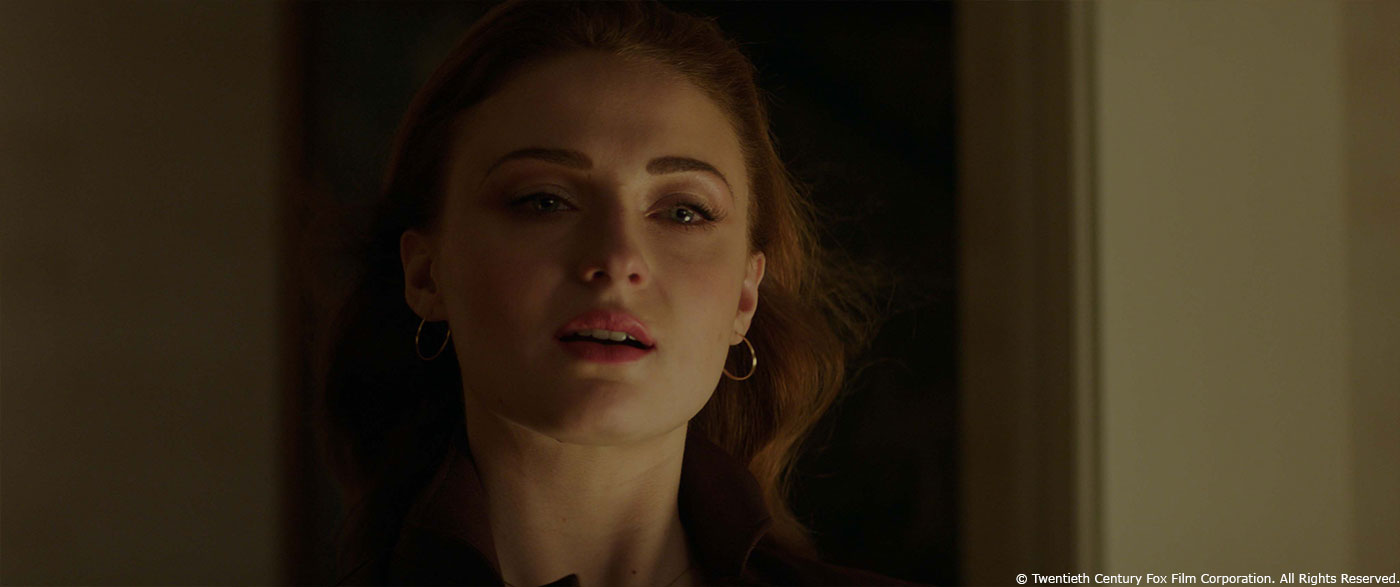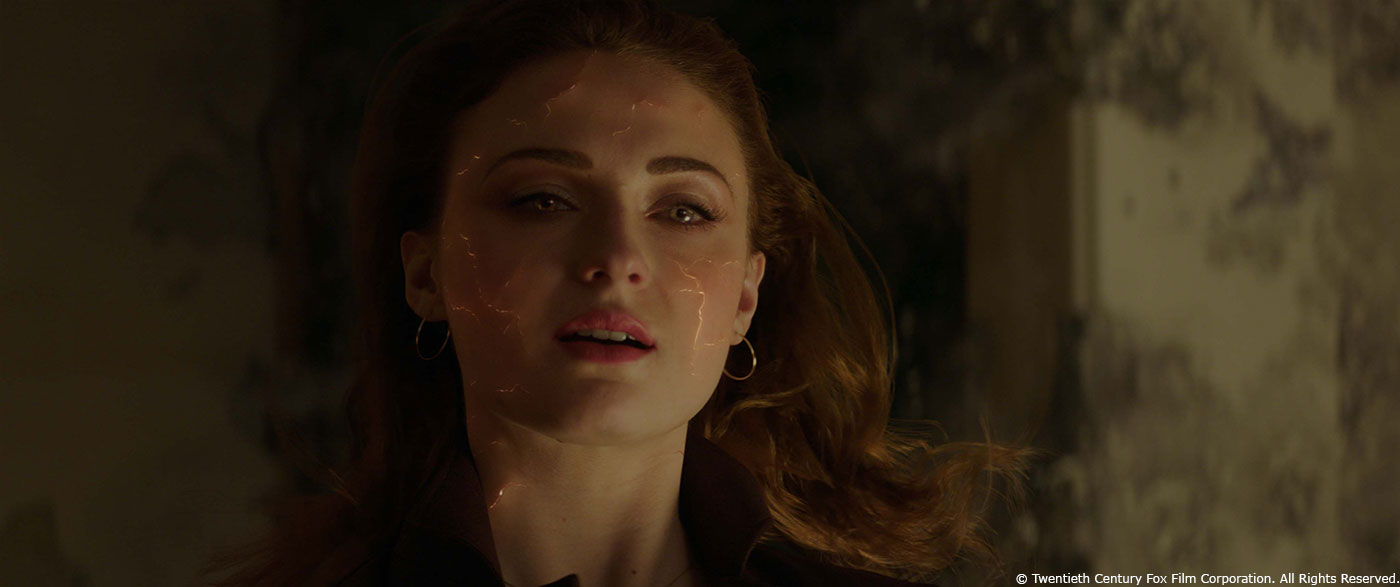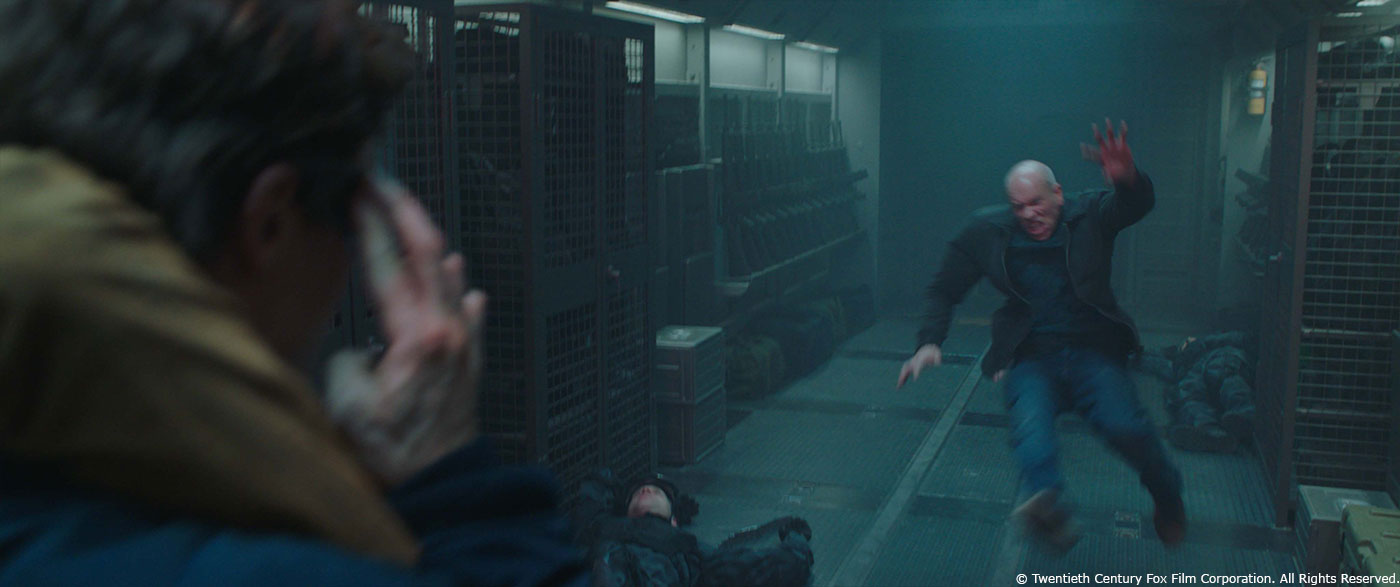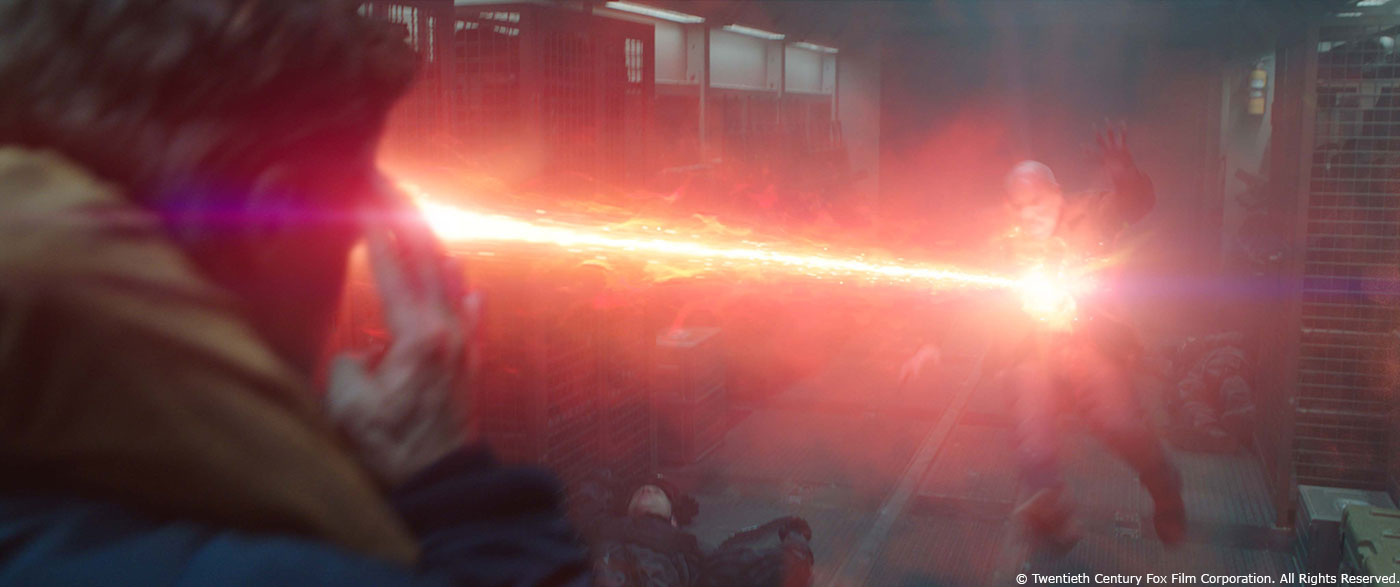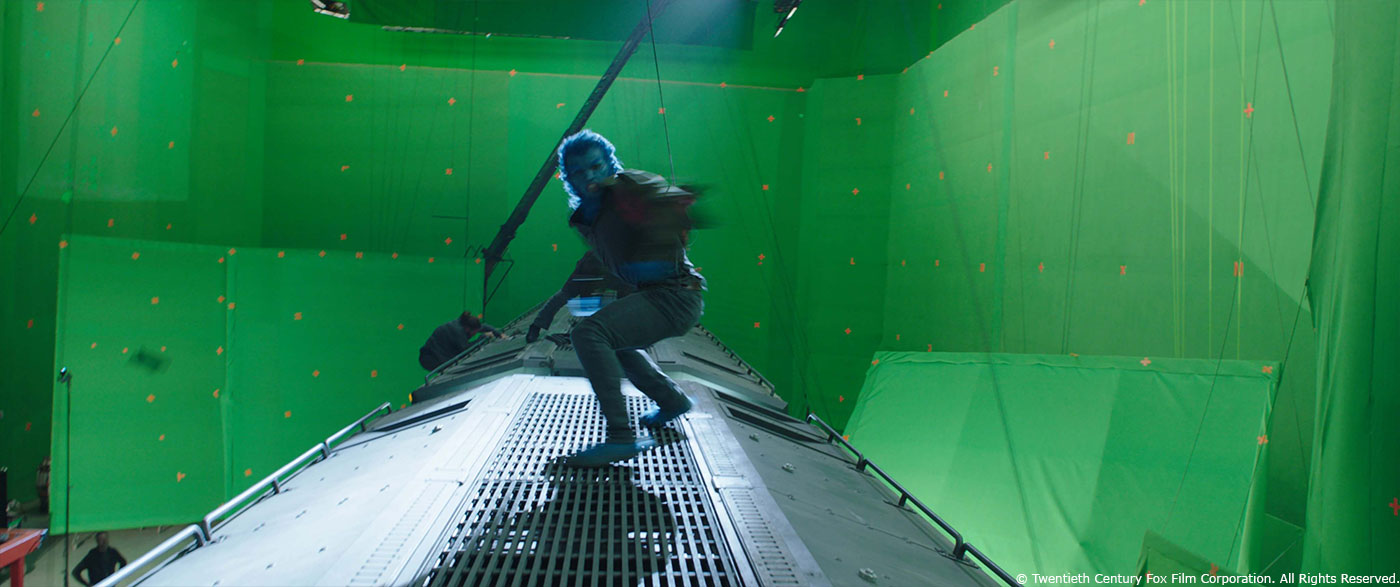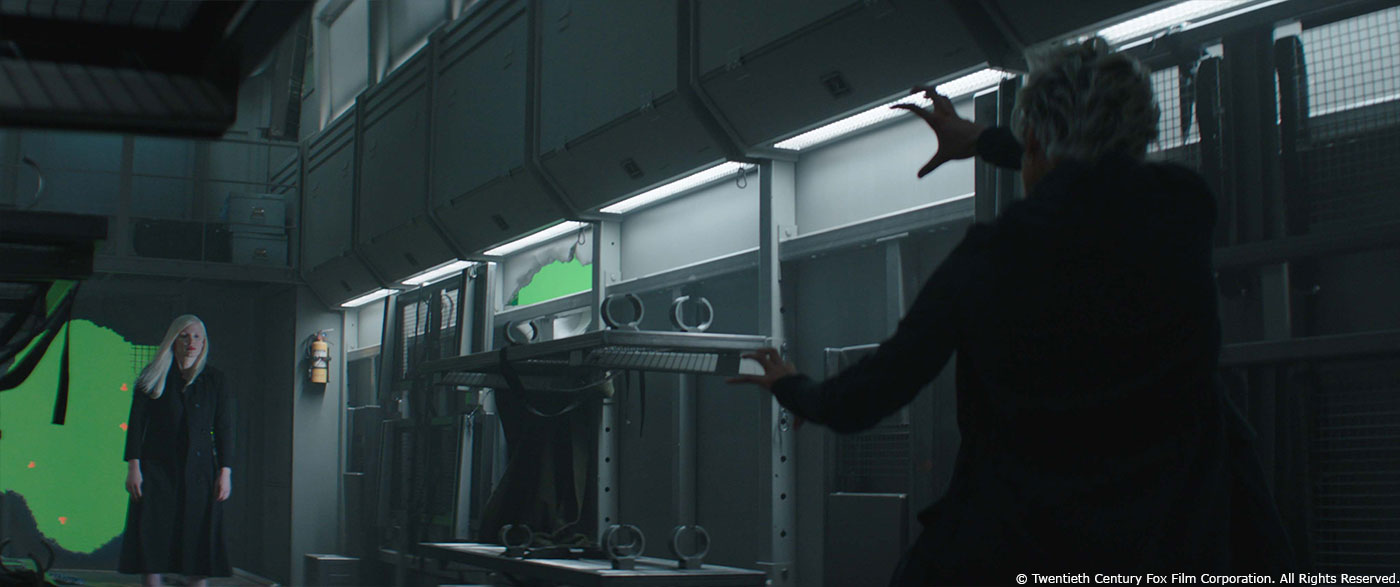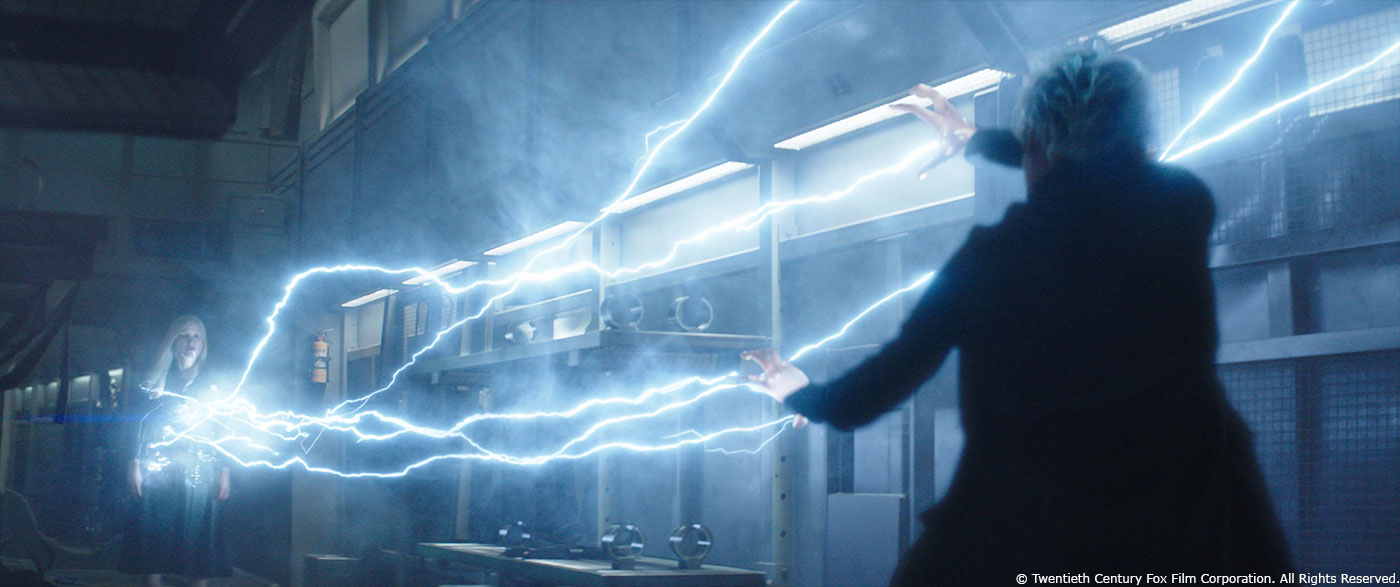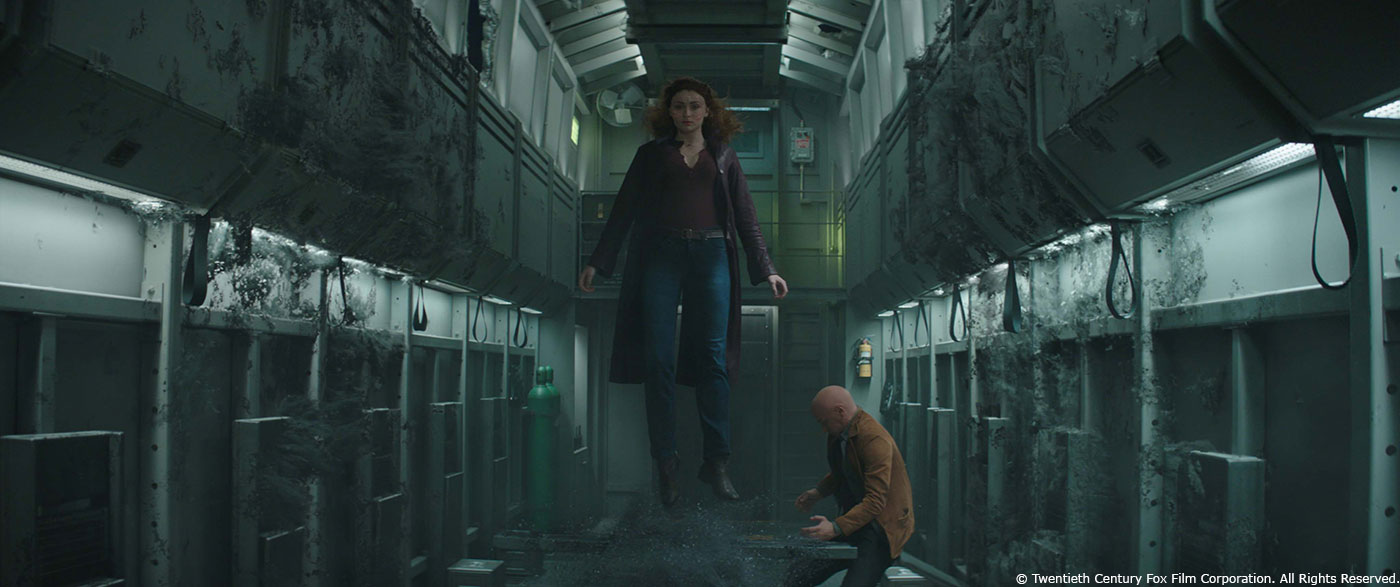In 2015, Greg Butler told us about the work of MPC on AMERICAN SNIPER. He then worked on films like GOOSEBUMPS, THE FINEST HOURS, MONSTER TRUCKS and THE MUMMY.
How did you get involved on this show?
After completing work on Universal’s THE MUMMY, I transferred from MPC Vancouver to MPC Montreal. The start of summer filming on Dark Phoenix fit the timing of a family move to Quebec well, and I had always wanted to work on an X-Men film as it was my favorite comic book series in the 80s.
What was the feeling you had to be part of the X-Men universe?
Surprisingly, I had never worked on a superhero film before. I’m very glad it turned out to be an X-Men film, as I’m much more interested in the world of mutant powers then most of the other super hero genres. It’s also an honor to be part of the closing out of a very successful and iconic 20 year run of films created under the original Fox banner.
How was the collaboration with director Simon Kinberg and VFX Supervisor Phil Brennan?
Simon and Phil were both really good to work for. They were appreciative of ideas that came up along the way and always made sure we understood what was important about a scene and why they were asking for certain things from it. This was especially important when it came to designing effects for Jean as she struggles with her new power.
What were their expectations and approaches about the visual effects?
Simon was very familiar with the franchise, having been a producer and writer on many of the previous films. At the start, he went through the list of mutant powers and talked about what he liked from the earlier films, as well as what he wanted to adjust or re-develop. For example, he wanted Nightcrawler’s bamfing attack from X2, a new look for Cyclop’s beam and bigger visual moments for Storm, just to mention a few things. Phil worked with us to visualise these briefs as well as creating entirely new effects.
How did you organize the work with your VFX Producer?
I first worked with Veronique Messier on setting up the main team in Montreal and then splitting out the work as needed to the other MPC sites. She was instrumental in getting the project moving for the first couple of months while I was very busy filming. These days, VFX work can’t wait to start until filming is complete; as concepts, RnD and asset building need to start almost immediately.
Just prior to additional photography in Fall 2018, Irene Armit came on board to finish the project with me. Together we ran the worldwide team at a very fast pace to get everything done it time for release by producing multiple trailers and temp screenings along the way.
What are the sequences made by MPC?
MPC was the lead facility on the project and delivered over 660 shots, though we worked on many more. We created all the X-Men digital doubles and supplied them to other VFX vendors.
The scenes we completed were:
- Mystique’s transformation to Raven after returning from space.
- Various scenes of Jean Grey showing signs of the phoenix force inside her growing stronger.
- The party in the woods behind the X-Mansion with a performance and first appearance by Dazzler.
- The dinner party scene where the aliens land and take on human forms.
- Jean visiting her old neighborhood, confronting her father and then her fellow X-Men.
- All scenes in Hank’s lab.
- All scenes on the island refuge of Genosha scenes, where Jean goes to see Erik and then leaves after driving away a military force meant to capture her.
- The 5th Avenue fight, Jean challenged by Magneto and then her torturing Charles. The scene ends with Jessica Chastain’s character on the rooftop watching the mutants being taken away by the military.
- The 3rd act train scene up until the point where Jean destroys the entire train.
How did you split the work amongst the MPC offices?
The project was lead out of MPC Montreal where the filming was done and I was based throughout. MPC Bangalore did a lot of asset, compositing and other 2D work while MPC London did some of the key asset design work. We also had support from the MPC art department in Los Angeles for key periods of the design process.
How did you work with the SFX and stunt teams?
We had great SFX and stunt teams on the main shoot and the later additional photography work. The SFX teams in particular had worked on many X-Men films and were very familiar with the VFX/SFX collaboration, including techniques used previously. Since I was VFX Supervisor on the second unit, I spent a lot of time with Tim Wong, Stunt Coordinator and Tom Blacklock, SFX Supervisor. Cam Walbauer was overall in charge of SFX and designed a lot of the key practical effects. I also got to work with Guy Norris, a legendary stunt man who was the second unit director for principal photography. Guy worked with the stunt team, constantly leading up to the shoot. Everyone involved in both of those departments would check in every day to run through the plan and confirm we were all agreed on how much of a given effect was going to be captured in camera and how much was going to be created or augmented in post. There are plenty of moments where VFX did very little, such as remove a few wires or an SFX rig from a shot. For example, the police cars Jean flips over in her old neighborhood. This was all practical, except for VFX adding a 3rd police car before the crash and adding digital police inside the cars.
Which stunt was the most complicated to enhance?
The train attack sequence was our most complex; almost every shot had stunt work to enhance or add digital work to. Many shots had partial or complete CG backgrounds and digital double takeovers. It was also the last scene to shoot and had to be done quickly, without the longer development process we had for the rest of the work.
Where were the various parts of the movie filmed?
The filming was almost all in Montreal, with a few scenes taking place further away, but still in Quebec.
Is there something specific that gives you some really short nights?
The alien healing effects in the train fight scene. Coordinating the asset, animation, technical animation, FX, lighting and comp were very complicated.
How long have you worked on this show?
From July 2017 – May 2019.
What’s the VFX shots count?
Around 700.
What was the size of your team?
We had over 1500 artists on the project.
What is your next project?
1917, directed by Sam Mendes.
A big thanks for your time.
WANT TO KNOW MORE?
MPC: Dedicated page about X-MEN: DARK PHOENIX on MPC website.
© Vincent Frei – The Art of VFX – 2019


